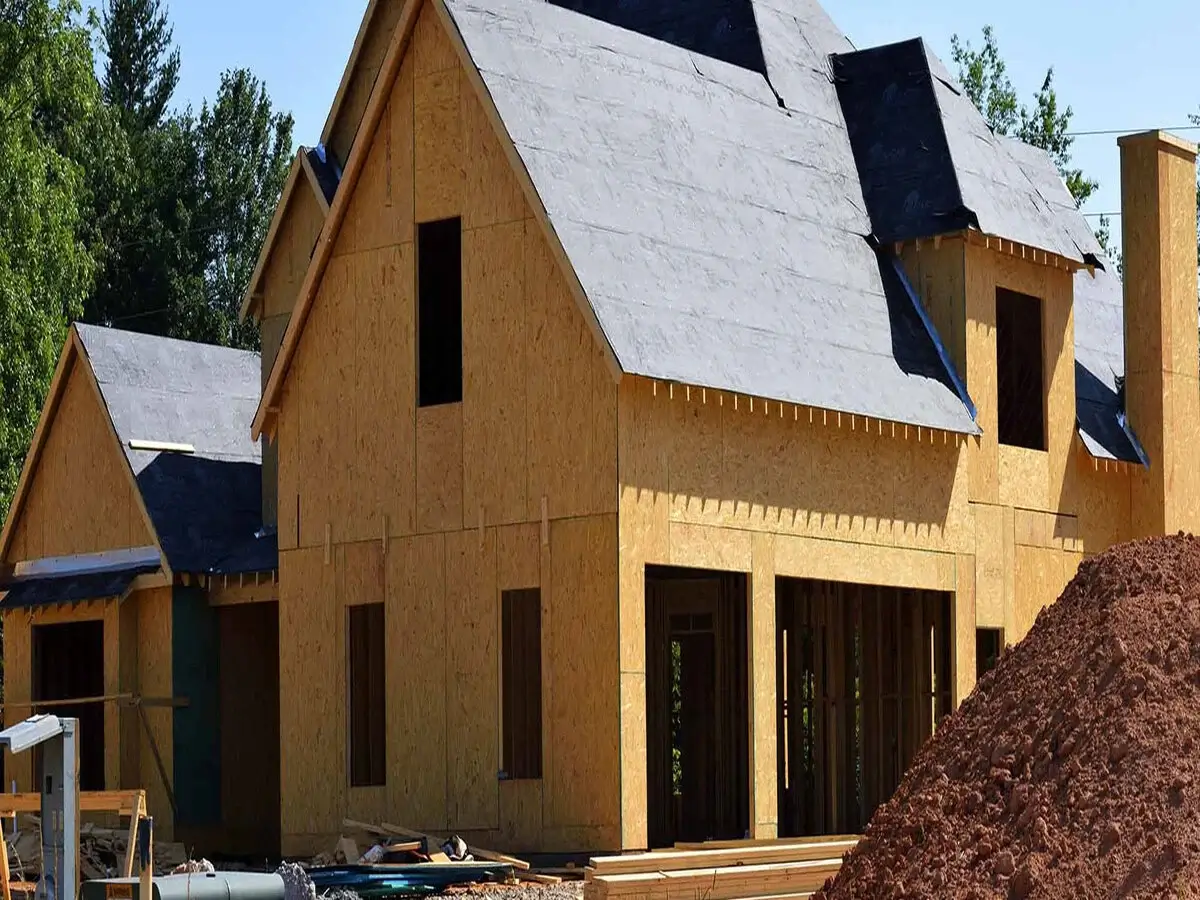Do You Need Radon Testing for New Construction

The traditional imaConstructing your future dream house or buying a new one is a big investment. The new construction includes modern design elements, shiny floors, and pristine walls. Amid all the excitement, the potential presence of a silent killer is often overlooked. Yes, we are talking about radon gas, an odorless, colorless gas that can actually kill us. To be on the safer side, radon testing for new construction should be your priority. In this blog, we address this issue and highlight why you should not take radon gas contamination lightly. Let’s break it down.
What Is Radon And Why You Should Be Concerned
You need to understand the nature of radon and its risks to health before understanding radon testing procedures for new constructions. Radon is difficult to detect because this naturally occurring colorless and odorless gas enters homes through foundation cracks. It is the second leading cause of lung cancer in the United States. The U.S. Environmental Protection Agency records confirm that radon kills 21,000 individuals annually due to lung cancer complications.
Do You Need A Radon Test For New Construction
The geographic location of your home, soil characteristics, and construction methods determine the extent of radon inside a building. Radon can infiltrate new homes too, they are as vulnerable to radon penetration as older ones. The age of a home has nothing to do with its ability to shield itself from radon, unless specific measures were adopted to protect it from radon. Radon can still seep in, so a test remains necessary. Let’s discuss it further below.
Why Should You Test For Radon In New Construction
If you have any doubts about radon testing for new construction, here are some compelling reasons that will change your mind.
Radon Can Enter Through New Foundations
Many homeowners doubt radon poses any threat to their newly built homes because they have up-to-date construction materials. The new foundation may be better sealed, but that does not completely stop radon from entering the home through foundation gaps. Radon threatens both new and old constructions.
The Environmental Protection Agency (EPA) Recommends Radon Testing
Experts recommend radon testing in both new and old homes. That means it is crucial to do new construction radon testing even though your builder may have included radon-resistant features with vents and barriers. Still, radon testing is the only method to verify radon presence.
It’s An Inexpensive Safety Measure
Carrying out radon tests requires minimal effort because the testing process is affordable and simple. A minimal expenditure now prevents future health problems. Testing for radon in new construction yields two major advantages: easier adoption of radon mitigation measures and less amount spent on eradication.
Peace Of Mind
All homeowners must ensure their family members remain protected inside the home. Radon testing assures that you have taken all necessary steps to protect your family members from toxic radon exposure. As a result, you get peace of mind after you move into your new home.
How To Test For Radon In New Construction
Testing radon in new construction requires no elaborate setup. You have two available test options: short-term and long-term. Here’s a breakdown:
Short-Term Radon Testing
Short-term radon testing requires between two and seven days to finish. These tests are quick to measure radon levels in your home. The testing device is usually placed in the basement or the ground floor because they are radon-prone entry points.
Long-Term Radon Testing
Long-term radon tests can stretch to a few weeks and even months. It helps gather information about radon levels in different seasons because heat, humidity, and cold affect radon concentrations.
What Do The Results Mean
After completing radon testing in your home, the results will show radon concentration based on picocuries per liter (pCi/L). According to the EPA:
- An action is necessary when radon levels in your house exceed four pCi/L.
- Radon levels below 4 pCi/L are acceptable. However, further reduction of radon levels is desirable.
High radon levels do not mean you go into a panic drive. There are several methods to contain radon levels that are both efficient and affordable. We discuss them below.
What To Do If Radon Levels Are High
The results of your new construction radon test require corrective action. Let’s look at available options.
- Installing vent pipes and fans to evacuate radon gas outside of your home is a popular method to take care of radon problems.
- Sealing cracks and gaps is an effective method to control radon entering the buildings.
- Installing or enhancing ventilation systems in the basement and crawlspace will decrease radon concentration levels.
Radon-Resistant Features In New Construction Homes
Builders are implementing radon-resistant construction features in locations with proven high radon risks. Some of these features include:
- Laying plastic sheets under the foundation blocks prevents radon infiltration from beneath the house.
- Use vent pipes to direct radon outside the house.
- Sealing foundation joints and cracks to stop radon from entering the property.
Builders must conduct radon tests for new construction to verify that all radon-resistant materials function correctly.
Conclusion
Detecting radon in new buildings is an intelligent measure to safeguard your well-being and create a risk-free living environment inside your new home. Radon exists without discrimination since it infiltrates homes of all ages and construction types. You will only discover radon in your house by getting tested, even though radon-control measures are in place.
A radon test is necessary for new construction properties. It protects your family from unseen dangers by paying a small price.
The Brickkicker provides high-quality radon testing services alongside expert advice to deliver safe homes to clients. If you are building a new home or have recently moved into a new one, don’t delay radon testing. Contact us now to schedule an appointment!